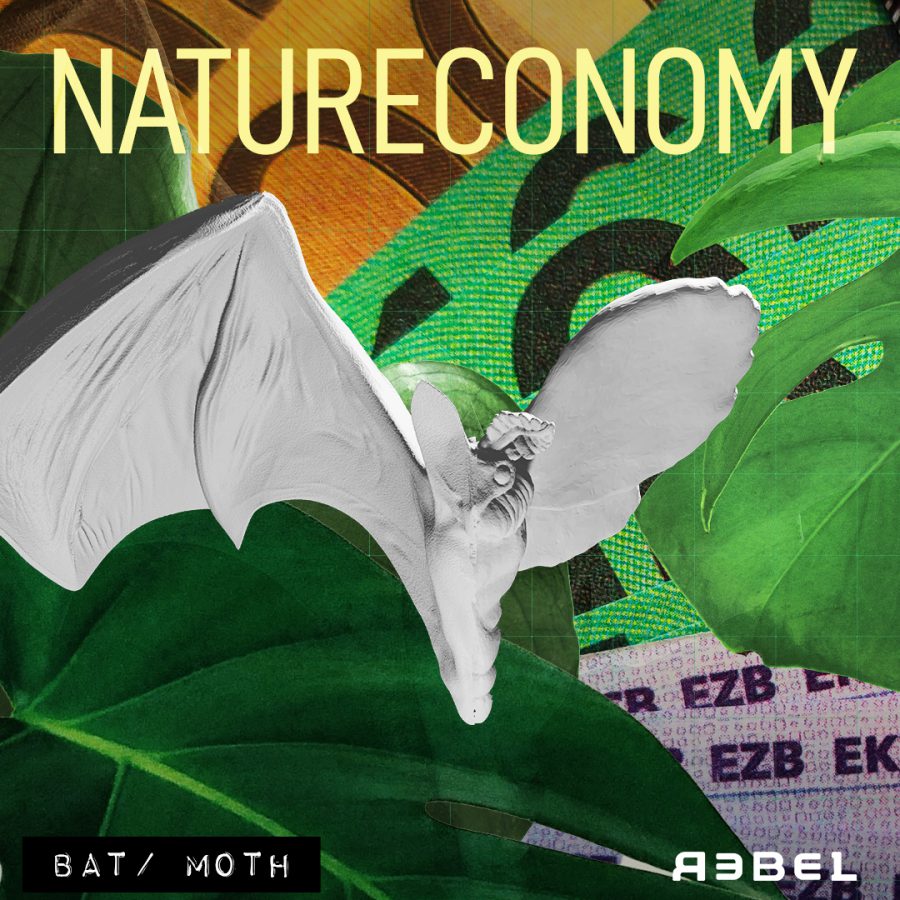BAT/MOTH



The bat often doesn’t get the appreciation it deserves. Bats are a linchpin in the ecological web. By hunting insects they prevent pests and as many as 500 species of plants and trees depend on pollination by bats. You could bring in bees to replace bats to pollinate, but the ecosystem is not that simple. Many plants have evolved to rely on the pollination of bats. For example, some plants bloom at night and have a shape that allows bats to easily reach the nectar. In addition, bats like to eat tropical fruits. During their flight, they drop the undigested seeds, nestled in fertile manure. This way, bats spread the seeds of many florae.
Simple calculations indicate an economic impact of the bat of € 40 billion worldwide. Bats pollinate specific types of plants. For example, the durian is almost entirely dependent on the bat, just like agave, the main ingredient of tequila. Without bats,
these crops will not survive, crops that respectively have a global market of $17.6 billion and $195 million per year. The economic value of pest control by bats has only been calculated in the U.S., where it’s worth $22.9 billion per year. Given that just China alone already has an agricultural sector that is five times larger, it is not unfathomable that the real, global economic impact is a multitude of that. What we know about bat tourism is that just at the U.S. Congress Avenue Bridge alone $3 million a year is spent. Bat poop is used on a small scale for fertilization, roughly estimated to be worth $50 million worldwide per year. By spreading the seeds of the Gaint Oak, the bat adds more than $1 million in value in Sweden alone. Finally, as a food source in Ghana, the bat is estimated at a total market value of $80,000 per year. Adding it all up and converting it to euros, the economic impact of the bat is not nothing.

The moth is a miraculous natural phenomenon with one of the most amazing life cycles: born as an egg, grows into a caterpillar, pupates, and turns itself into a moth. But the moth does not only have symbolic value. It is an essential source of nutrition for birds and bats. Without the moth, the survival of these animals could be endangered. In addition, moths provide pollination of flowers. They distinguish themselves from bees and butterflies by
being active at night and thus having their own special niche in pollination. Unfortunately, it has never been established what these specific actions provide us. What we do know is that some moth caterpillars produce precious silk, which is by no means matched by synthetic equivalents, such as viscose. Caterpillar silk adds more than €15 billion in economic value worldwide every year.